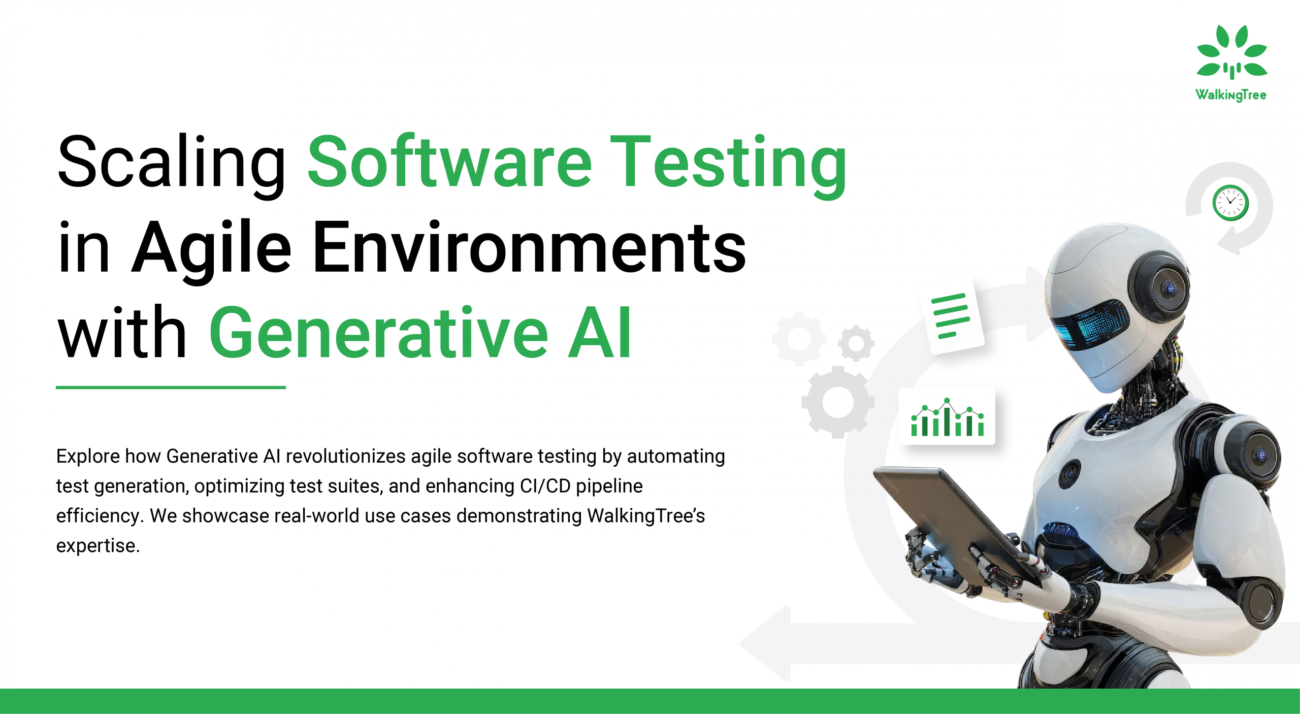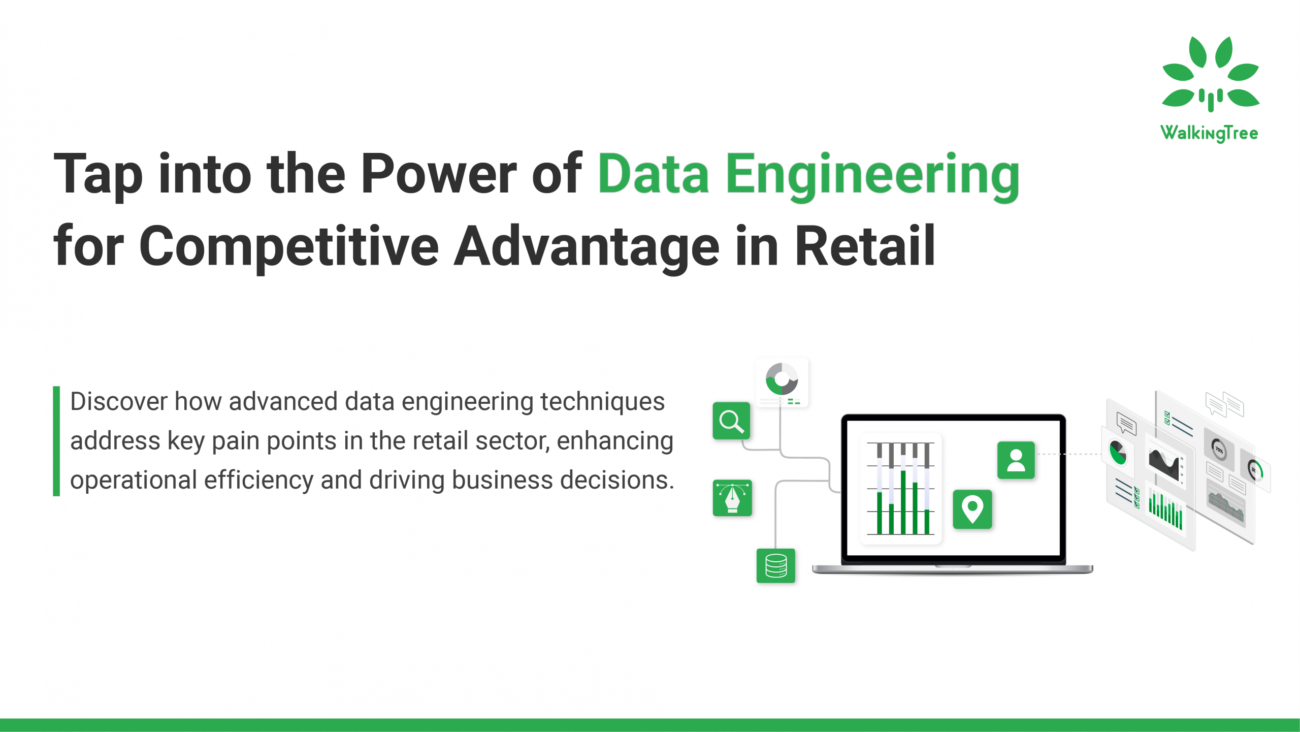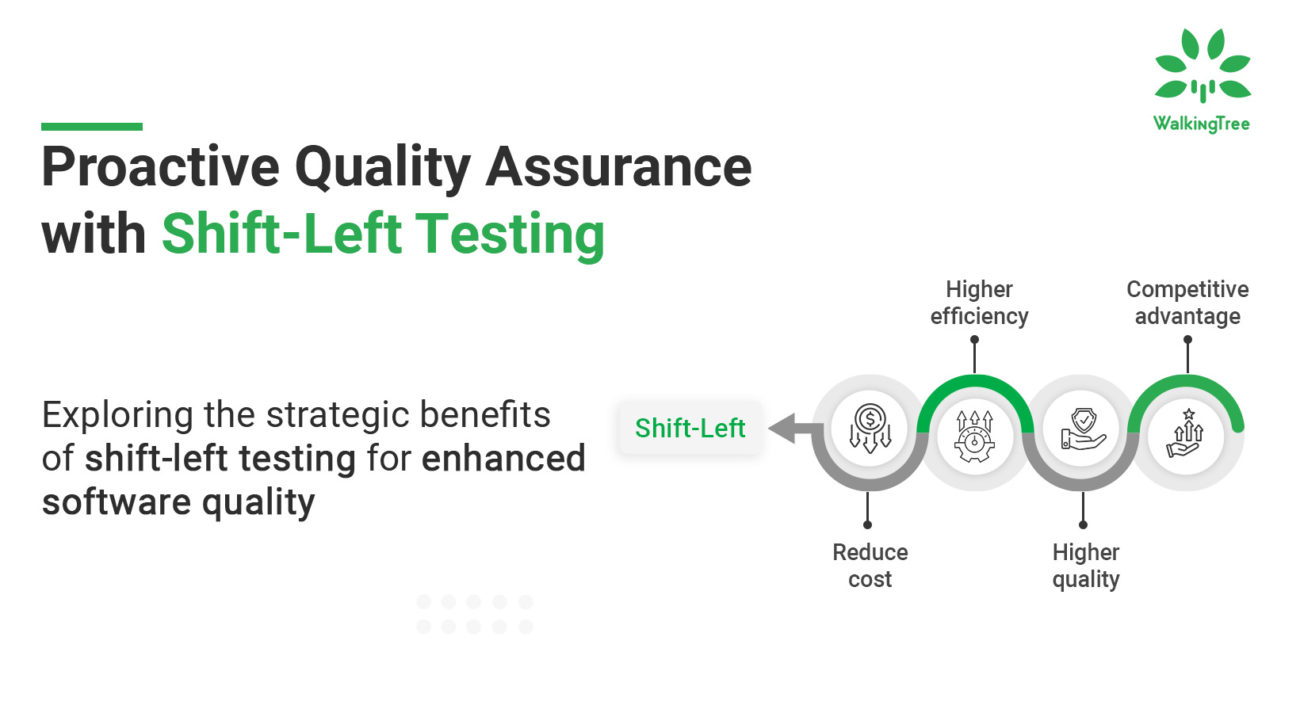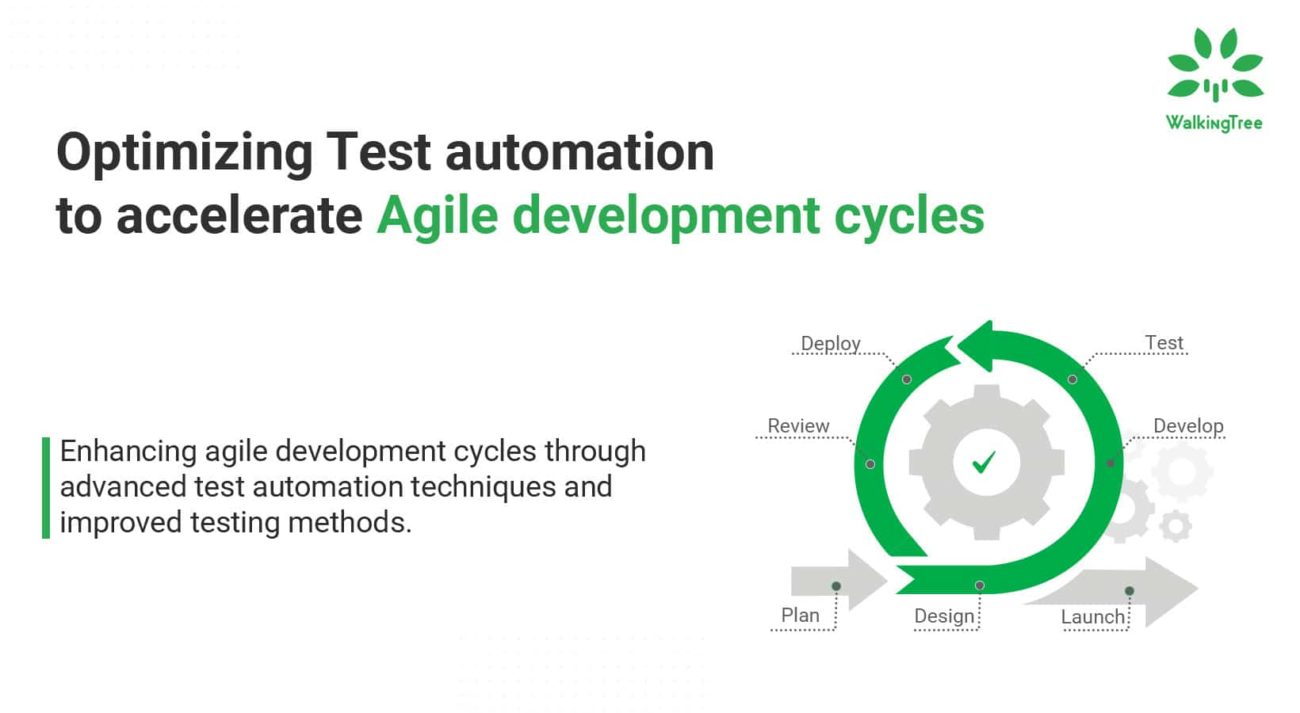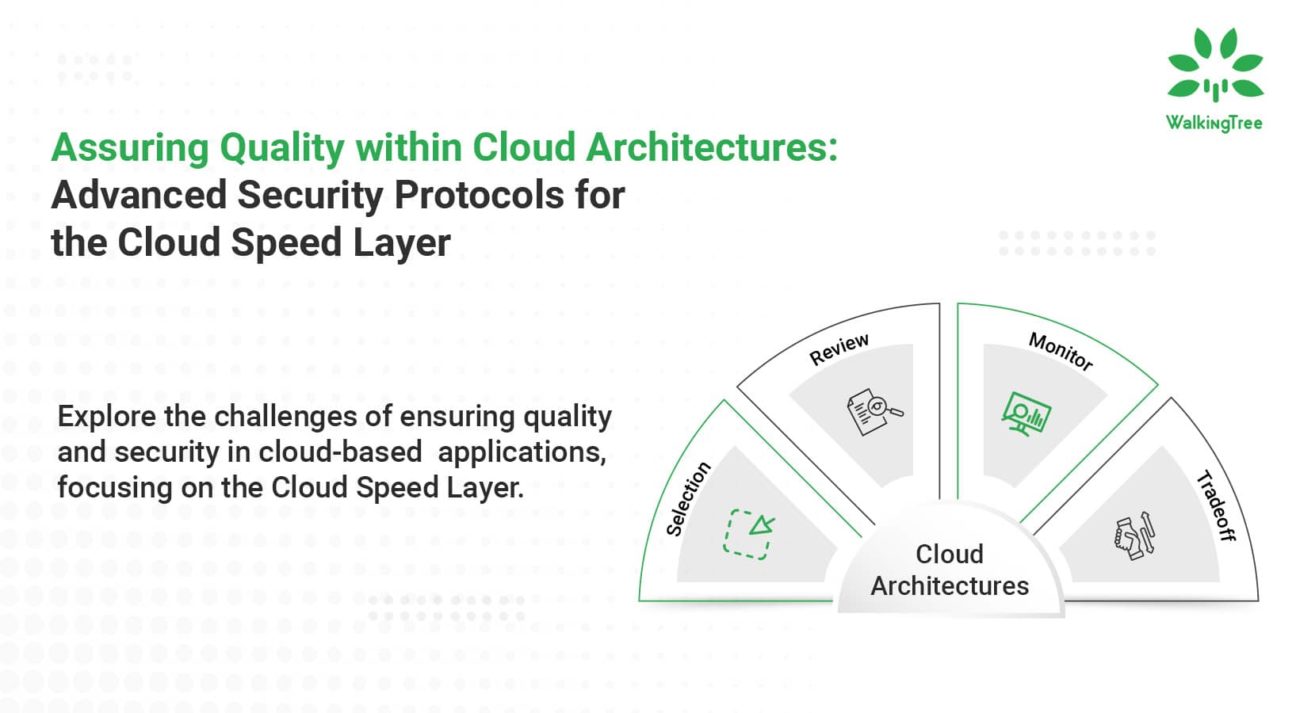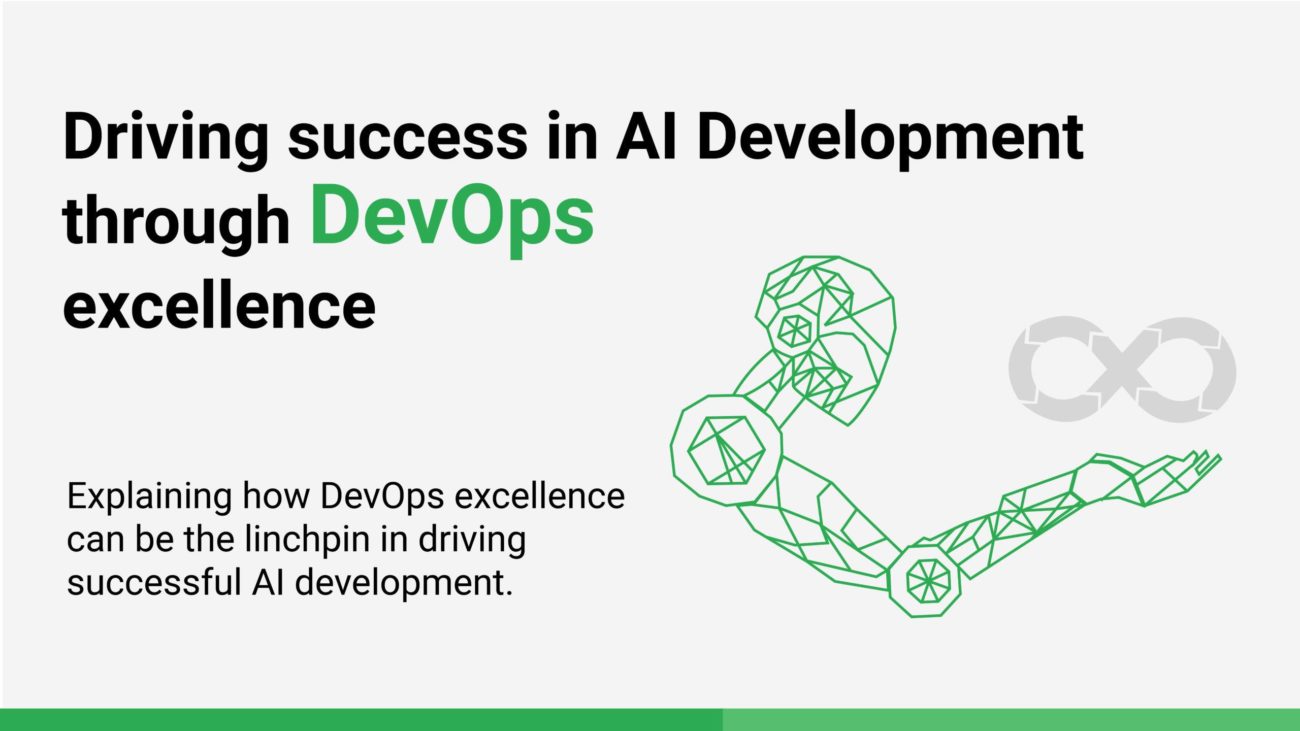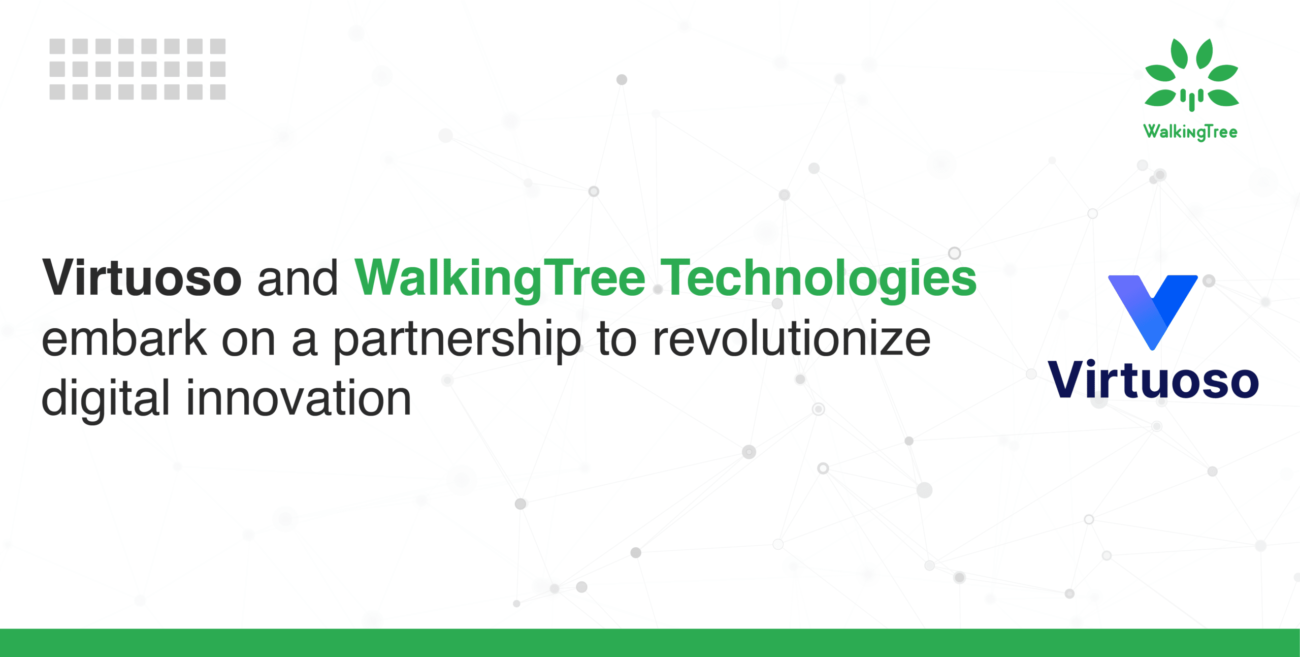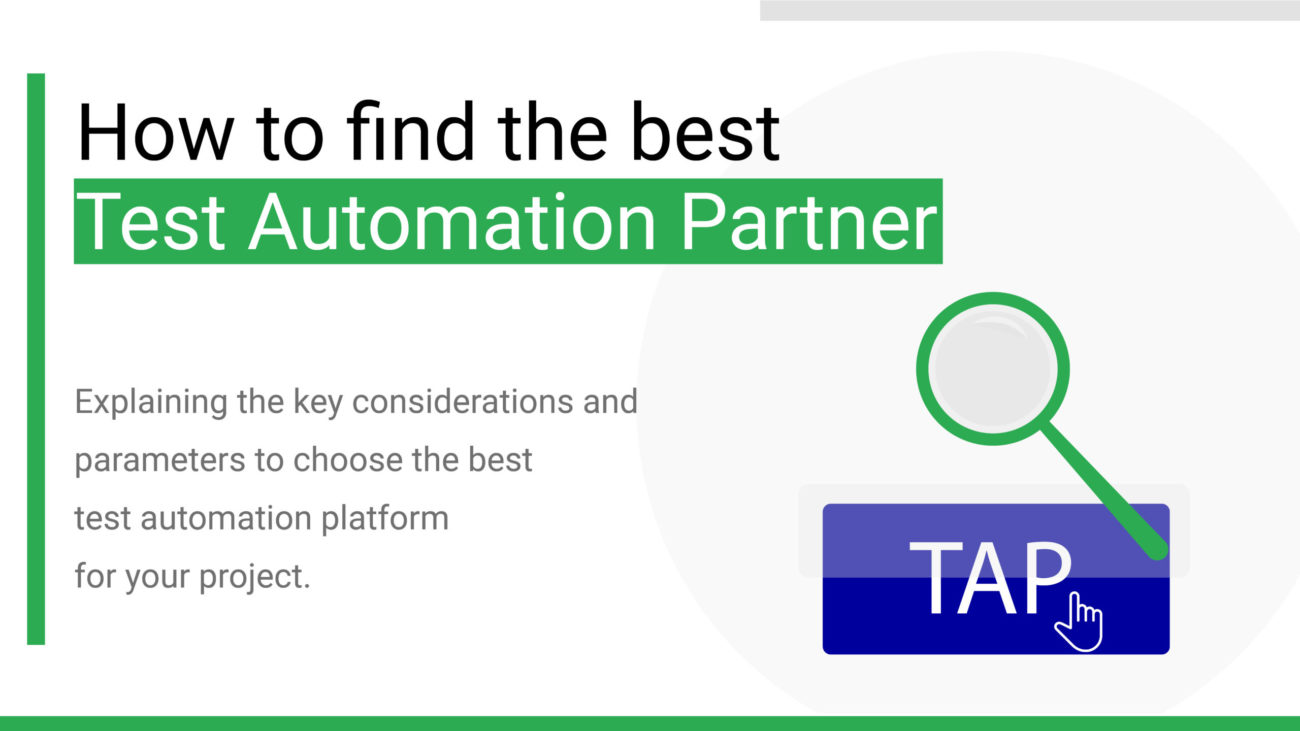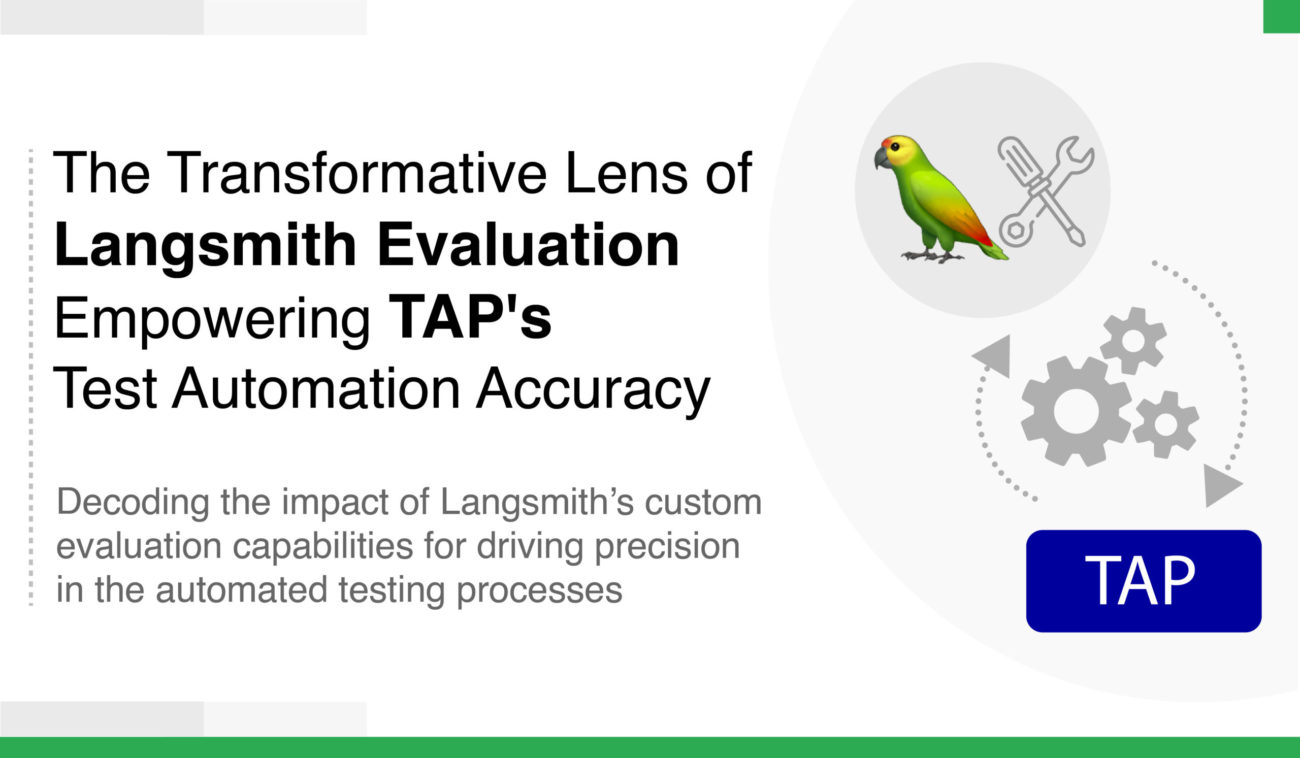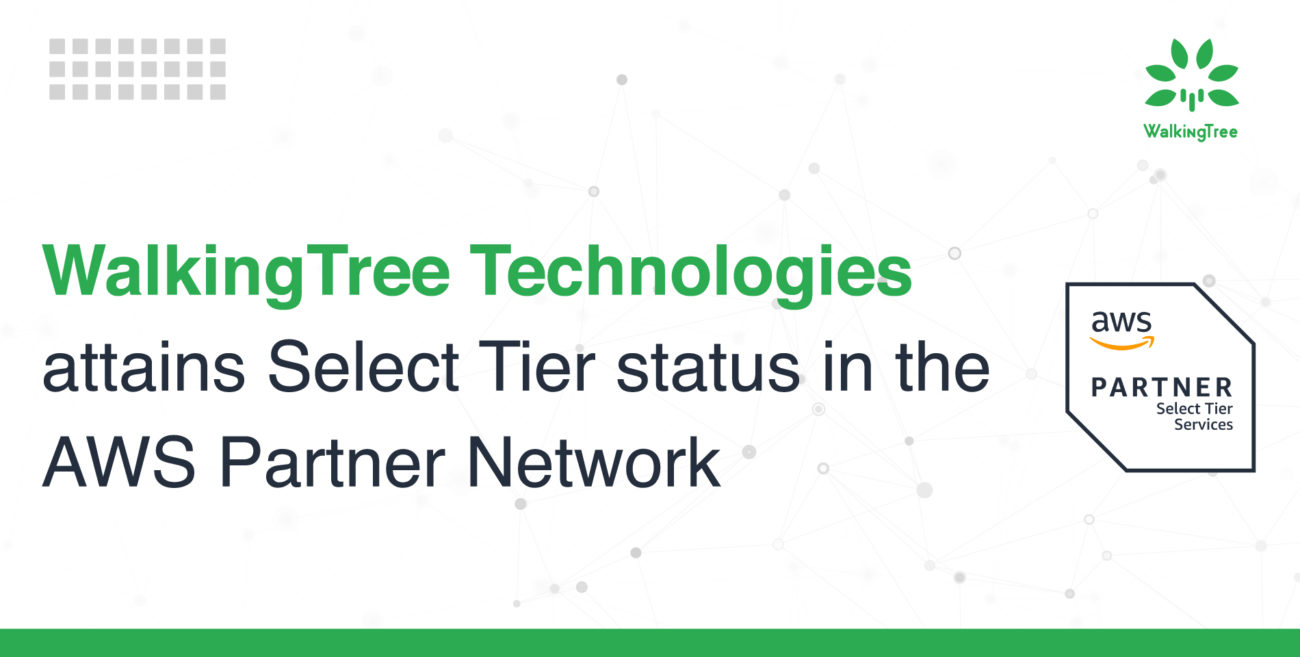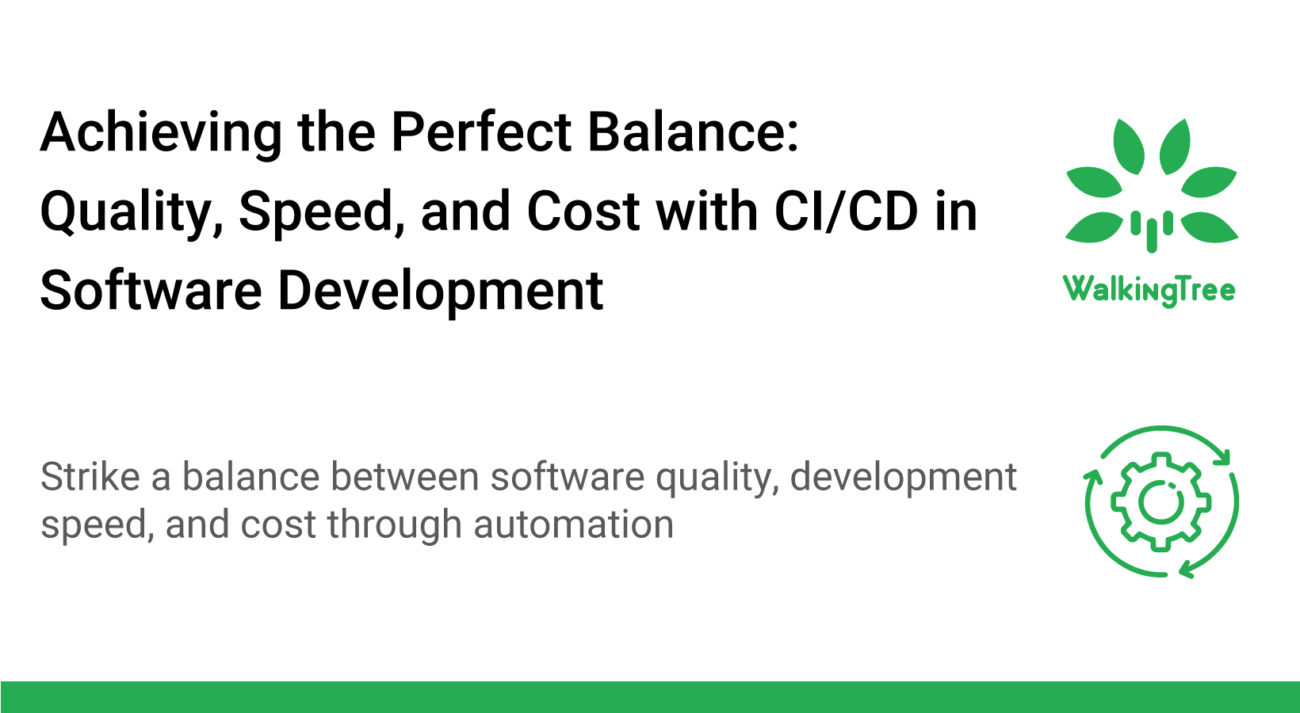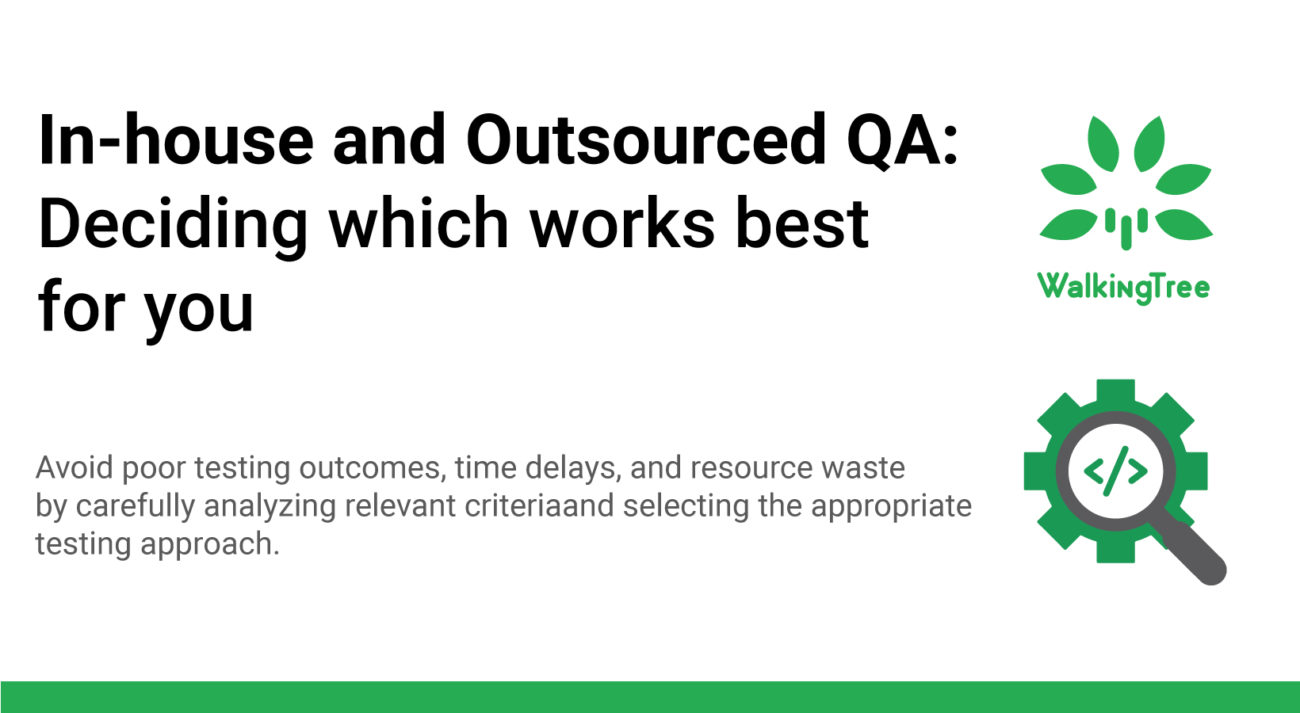
Blogs
Quality Assurance in DevOps for Consistent Performance

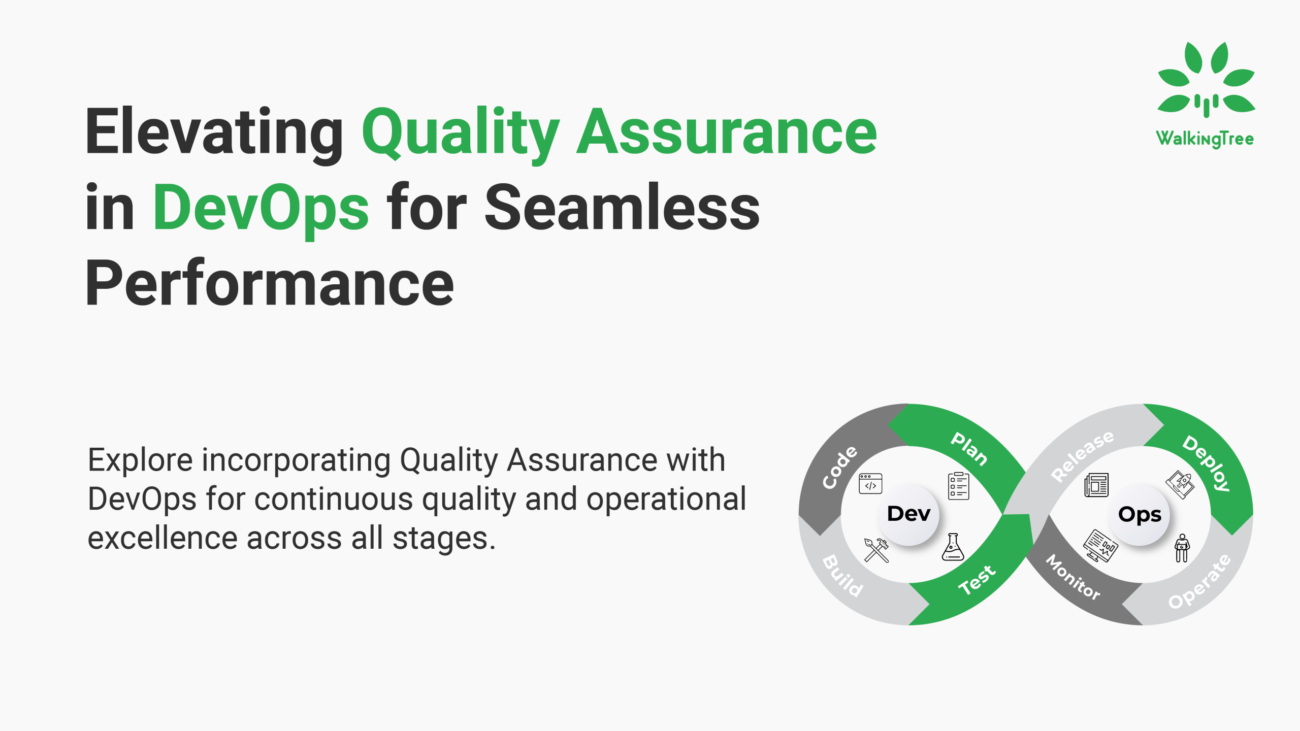
Ever wondered how top companies deliver flawless software updates at lightning speed? There is a constant demand to produce high-quality software at a faster rate. Imagine modifying your code and having it automatically verified, integrated, and deployed seamlessly, ensuring your application operates flawlessly every time. The integration of Quality Assurance (QA) with DevOps is a reality, not an abstract dream.
Businesses can attain seamless quality enhancement throughout all stages of development and operations by integrating quality assurance into DevOps. Let’s explore the nuances of this integration and learn how post-deployment monitoring, continuous deployment, and continuous integration are essential.
| Powering Continuous Integration with Jenkins and GitLab CI
Continuous Integration (CI) is the backbone of DevOps, guaranteeing that code changes are consistently tested, confirmed, and incorporated into a centralized repository. This technique accelerates software delivery, reduces integration problems, and increases reliability. Jenkins and GitLab CI are essential tools for establishing effective CI, allowing firms to maintain high-quality software development while increasing operational efficiency. Businesses can use these tools to optimize their development processes, resulting in faster and more reliable software releases.
|Jenkins
Jenkins is an open-source automation server for continuous integration (CI). Additionally, it automates the complete development cycle, including building, testing, and deployment.
Pipeline Automation: Jenkins’ pipeline functionality allows the creation of complex workflows that fully automate the CI/CD process, ensuring automated tests and builds trigger with every code change, providing rapid feedback to engineers.
Extensibility and Plugins: Jenkins supports a wide range of plugins, including project management tools like Jira and automated testing tools like Selenium, allowing easy integration with other technologies.
|GitLab CI
GitLab CI is another powerful tool for continuous integration, especially popular for its smooth integration with GitLab repositories.
Ease of Configuration: GitLab CI’s direct integration with GitLab repositories simplifies configuration, providing a smooth CI/CD pipeline management experience with a single YAML file.
Comprehensive DevOps Platform: GitLab Continuous Integration is a component of the GitLab DevOps platform that enables CI/CD, source code management, and monitoring. This all-inclusive method improves overall productivity and streamlines toolchain integration.
|Implementing Jenkins and GitLab CI in your business
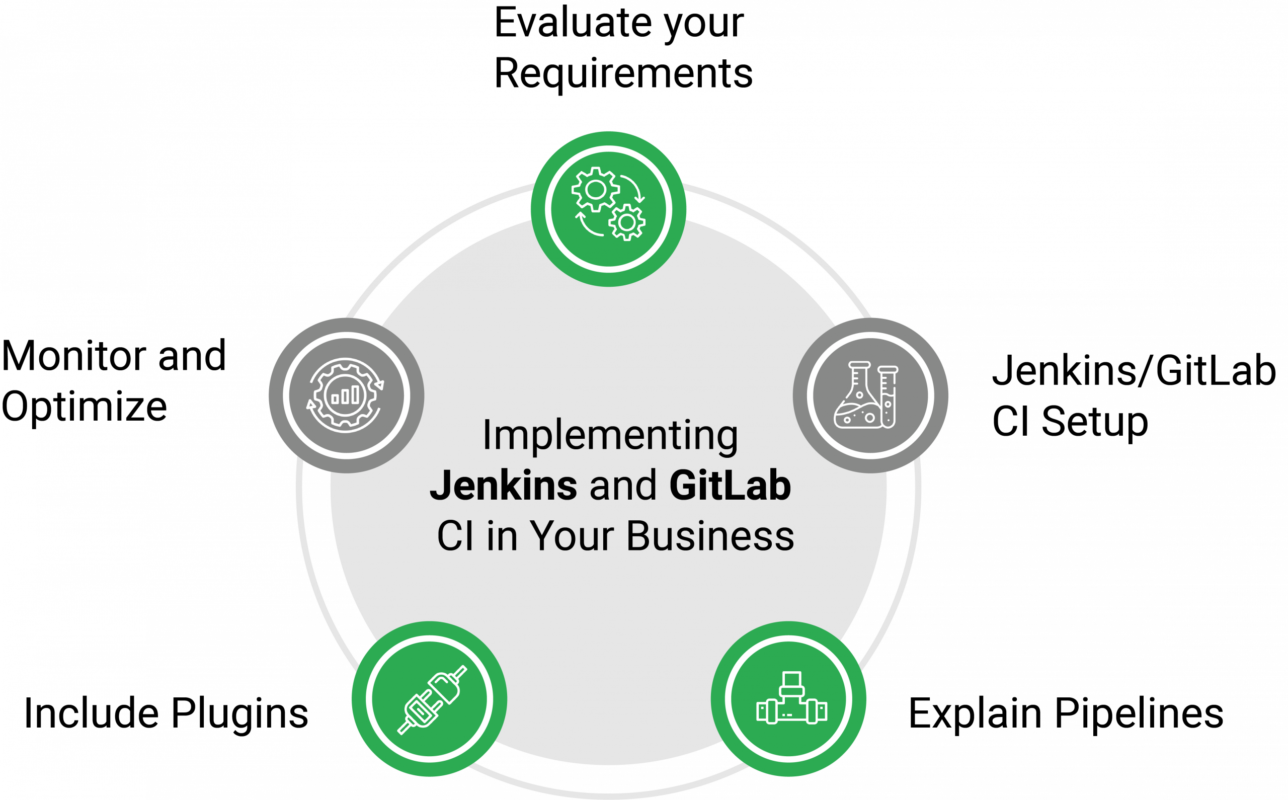
Evaluate your Requirements: Recognize the areas where automation can have the greatest impact on your present development procedures.
Jenkins/GitLab CI Setup: Install Jenkins or GitLab CI, configure it, and link it to your current repositories and tools.
Explain Pipelines: To automate your build, test, and deployment processes, create CI/CD pipelines using the YAML configuration of GitLab CI or Jenkins’ pipeline syntax.
Include Plugins: Integrate required plugins, including project management and automated testing, to improve functionality.
Monitor and Optimize: Keep an eye on the functioning of your CI/CD pipelines and make necessary modifications to maximize their efficacy and efficiency.
Businesses can build a smooth and effective DevOps environment that promotes continuous improvement and high-quality software delivery by deploying Jenkins and GitLab CI.
|Ensuring Quality in Continuous Deployment for Rapid Release

Continuous Deployment (CD) extends Continuous Integration by automating the deployment of code changes to production once they have passed the CI pipeline. This technique ensures high standards and dependability in rapid-release cycles by enforcing strict quality checks so only flawless code is deployed.
Automated Testing
Automated testing is the base of CD, guaranteeing that every code change is completely tested before deployment.
Various automated testing frameworks and technologies are crucial in this context.
Test Automation Frameworks: Frameworks like Selenium facilitate the creation of automated test scripts that run across various browsers and platforms, integrating with CI tools to automatically trigger tests with each code contribution, continuously validating code quality.
Static Code Analysis: Tools like SonarQube perform static code analysis to detect potential flaws and security vulnerabilities early in the development process, ensuring proactive quality and security standards.
|Best Practices for Continuous Deployment
To accomplish successful continuous deployment, businesses must follow best practices that improve efficiency and quality.
Shift-Left Testing: Early testing during development reduces the costs and complexity of later-stage fixes.
Continuous Feedback Loops: Creating continuous feedback loops between development and QA teams promotes continual communication and quick problem resolution. Regular feedback sessions help connect with project objectives and create a culture of continuous growth.
Infrastructure as Code (IaC): Infrastructure as Code (IaC) automates infrastructure configuration, resulting in uniform test environments. Kubernetes and Docker enable reproducible and segregated environments that mimic production, minimizing environment-specific challenges.
|Post-Deployment Monitoring: Keeping Track of Performance in Real-Time
Post-deployment monitoring is essential for ensuring that applications perform as expected in the real world. Furthermore, constant monitoring enables the early discovery and treatment of issues, assuring application dependability and efficiency.
|Monitoring Tools
Effective monitoring involves using robust tools such as ELK Stack, AppDynamics and New Relic that provide real-time insights into application performance.
|Log Management Tools
ELK Stack: Elasticsearch, Logstash, and Kibana, is a toolkit for log management and analysis. These technologies provide extensive insights into system activity, allowing for effective application performance monitoring, real-time anomaly identification, and timely response to possible issues. Additionally, it keeps applications stable and efficient under a variety of operating settings by evaluating logs and analytics.
|Application Performance Management (APM)
AppDynamics: AppDynamics provides detailed insights into application performance, allowing teams to discover bottlenecks, optimize resource use, and improve the user experience. It’s real-time monitoring and thorough analytics enable proactive performance management and speedy resolution of performance issues, therefore resulting in optimal application operation and satisfied users.
New Relic: New Relic has strong monitoring capabilities and provides insights into the entire application ecosystem. Thus, it aids in spotting performance problems and irregularities, ensuring that applications function smoothly and efficiently.
|Best Practices for Post-Deployment Monitoring

Implementing successful post-deployment monitoring entails following best practices for thorough and proactive performance management.
Real-Time Alerts: Implementing real-time alerts gives instant notifications of performance concerns, decreasing downtime and improving user experience. Therefore, maintain application stability and ensure smooth operation by addressing any issues as soon as possible.
Data-Driven Decision Making: Using performance data allows teams to make more informed decisions, encouraging a culture of continuous improvement. By methodically examining this data, organizations can detect trends and make proactive changes to improve application performance, assuring robust and efficient operations.
Automated Monitoring Tools: Use automated monitoring technologies like ELK Stack, AppDynamics, and New Relic. These powerful solutions include extensive insights and analytics, allowing teams to proactively monitor application health and spot anomalies.
Regular Performance Audits: Regular performance audits are essential for determining the success of your monitoring measures. These audits assist in identifying gaps and opportunities for improvement, ensuring that performance monitoring systems stay effective and applications consistently perform at top levels.
User Experience Monitoring: Include technologies that explicitly track user experience data. Understanding how users engage with your application can help you find areas for development and increase overall satisfaction.
Scalability Testing: Test your application’s scalability regularly to guarantee it can manage diverse levels of traffic without degrading performance.
WalkingTree Technologies provides a wide variety of Quality Assurance (QA) services that are designed to integrate smoothly with DevOps. These services ensure that your applications not only meet but also surpass performance, functionality, and security requirements.
- Functional testing ensures that programs function as intended by validating that all features and functionalities work properly under a variety of scenarios.
- Performance Testing identifies and resolves performance bottlenecks, ensuring that applications satisfy performance standards and provide excellent user experiences even under high demand.
- Security Testing conducts extensive security assessments to identify and address vulnerabilities, ensuring applications are secure and meet industry requirements.
WalkingTree Technologies is at the forefront of integrating Quality Assurance (QA) into DevOps, offering full services to ensure fast and high-quality software delivery. In the software development environment, including QA in DevOps is critical to preserving a competitive advantage. WalkingTree’s revolutionary DevOps and QA solutions are intended to assist your organization in achieving continuous quality improvement and operational excellence.
Visit WalkingTree Technologies to learn more about their innovative solutions and expertise.
For further readings: Proactive Quality Assurance with Shift-Left Testing
comment, we’ll be happy to get back to you.


